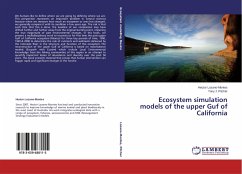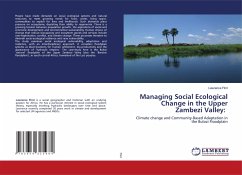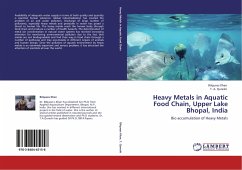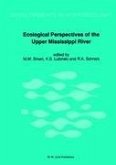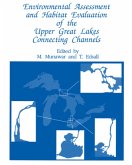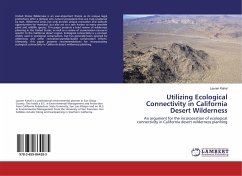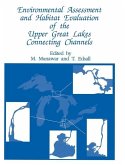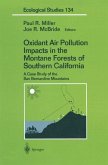We humans like to define where we are going by defining where we are. This perspective represents an important problem in natural sciences because when we measure how much an ecosystem or area has changed, we generally compare it with its condition a few years ago. The risk is that each time that this is done, the baseline of our comparison may have drifted further and further away from the original starting point, impairing the true magnitude of past environmental changes. In this book, we present a multidisciplinary work to reconstruct for first time the past upper Gulf of California ecosystem (Mexico) for three key periods of time, 1900, 1940 & 2000 to determine the role of nutrients and sediments delivered by the Colorado River in the structure and function of this ecosystem. The reconstruction of the upper Gulf of California is based on mass-balance models (Ecopath with Ecosim) which include Local Environmental Knowledge from the fishing communities of this region in an attempt to quantify important losses of abundance and diversity over the past 50 years. This book presents material that proves that human intervention can trigger rapid and significant changes in the functio
Bitte wählen Sie Ihr Anliegen aus.
Rechnungen
Retourenschein anfordern
Bestellstatus
Storno

